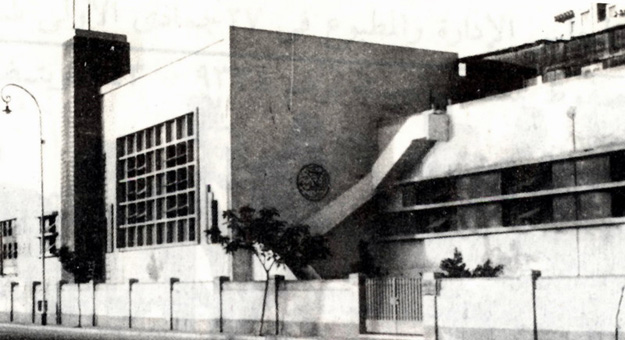Today, when people mention Bulaq, it is often with a dismissive shrug to what is perceived as a crowded, lower-income neighborhood overshadowed by glossier parts of Cairo. But peel back the layers of concrete and memory, and you will find that Bulaq was once the beating heart of Egypt’s intellectual and cultural awakening. It is where the country’s first printing press was born, and where ideas, not just ink, first flowed into the bloodstream of modern Egypt.
Under the direction of Muhammad Ali Pasha, Egypt launched a modernization project that included sending a delegation to Milan to study the art of printing. In 1821, that mission resulted in the opening of what would become the Bulaq Press. A year later, it published its first book, an Arabic-Italian dictionary.
The press quickly became a tool for spreading knowledge, printing not only Arabic texts, but also translating scientific books, government decrees, and school curricula. It was state-owned and operated, shaping education, governance, and communication in the early years of the Egyptian state.
For several decades, the Bulaq Press held an important place in Egyptian public life. Its name changed over time, from the Bulaq Press to the Abd al-Rahman Rushdi Press, then to Bulaq Al-Siniya, and eventually to Al-Amiriya Press. Despite these changes, its role as a central printing institution remained.
Over time, the neighborhood around the press changed.
By the early 20th century, Bulaq had become increasingly industrial, attracting rural migrants from Upper Egypt and the Delta. Many came seeking work after leaving agricultural land that could no longer support them. The area’s central location made it a common first stop in Cairo, but overcrowding and poor infrastructure quickly became major issues. Disease and poor sanitation spread through the tight, unplanned streets.
In 1973, the Amiriya Press was relocated from Bulaq to Imbaba on the west bank of the Nile. Today, the press still operates with a staff of around 2,500 employees, producing books for the government and cultural institutions, as well as promotional materials.
Some of the original equipment and historical publications from the Bulaq era are preserved in the Bibliotheca Alexandrina as part of a permanent exhibition.
As for Bulaq itself, much of the original landscape is gone.
Bulaq is now one of Egypt’s largest informal settlements, with nearly one million people living in self-built housing. Buildings often reach six or eight stories, but infrastructure has not kept pace. Streets are narrow, green space is nearly nonexistent, and services are limited. Youth unemployment is high, and efforts at redevelopment are frequently stalled due to mistrust between residents and authorities.
Still, Bulaq’s contribution to Egypt’s modern history remains significant. The printing press that once operated there played a vital role in shaping modern Arabic publishing, education, and administration. Though the neighborhood has changed, its legacy remains present in schoolbooks, official documents, and the broader cultural memory.
Recognizing that legacy means acknowledging Bulaq not just for what it is today, but also for the role it once played in Egypt’s development.
(Except for the headline, this story has not been edited by PostX News and is published from a syndicated feed.)

